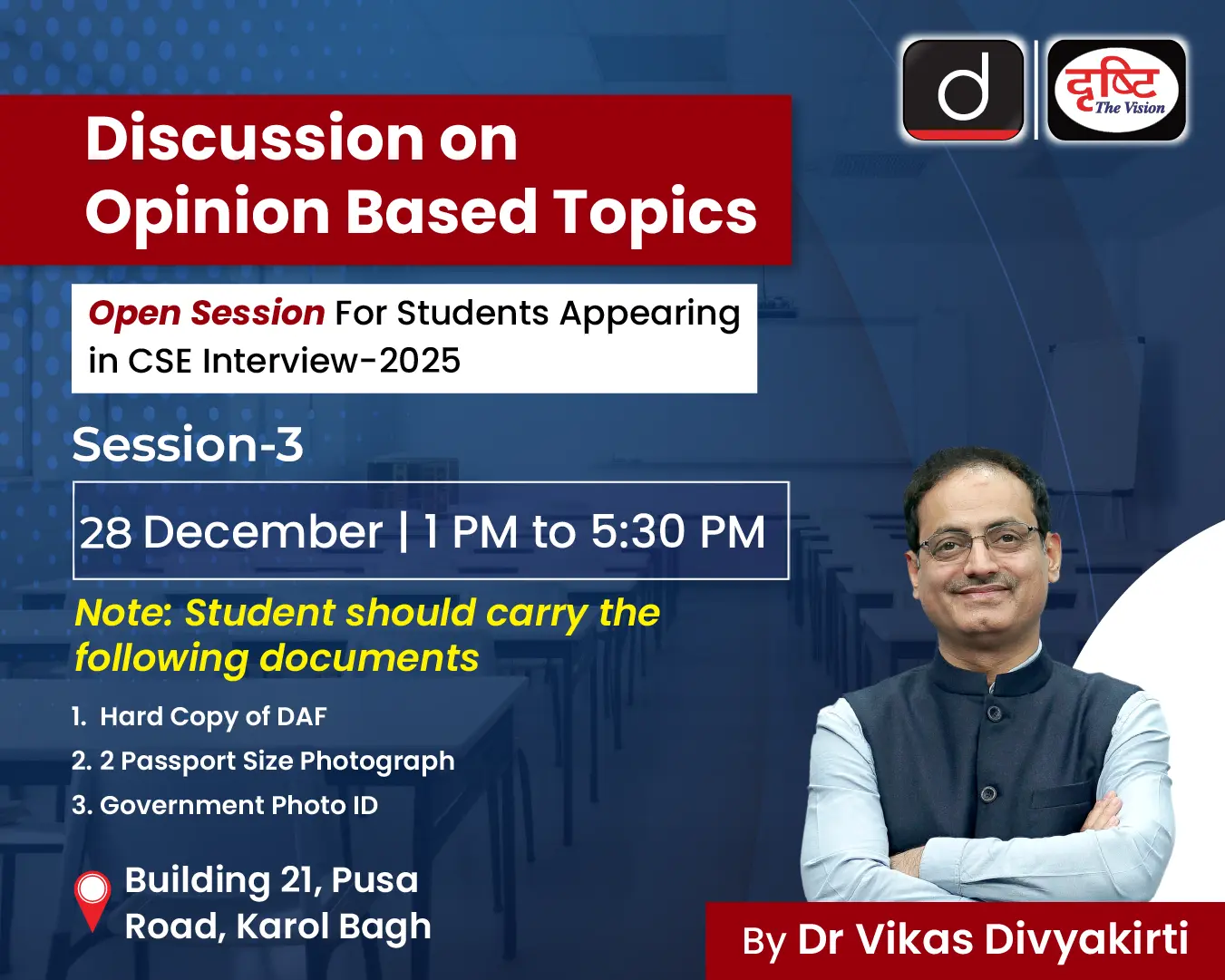-
Q. “Financial inclusion is an essential tool in pursuit of social justice”. In light of the given statement, examine the role of digital technology in furthering the cause of financial inclusion.(250 words)
23 Sep, 2020 GS Paper 3 EconomyApproach
- Write a few introductory lines on financial inclusion and social justice.
- Explain the role of digital technology in achieving financial inclusion.
- Mention the associated challenges.
- Conclude by Suggesting a way forward.
Introduction
- Financial inclusion may be defined as the process of ensuring access to financial services and timely and adequate credit where needed by vulnerable groups such as weaker sections and low income groups at an affordable cost.
- Social justice is a political philosophical concept centered around equality among people along various social dimensions.
- In economic terms, social justice efforts usually seek to elevate the economic status of poor and marginal groups.
- In India, financial inclusion is a critical part of the development process to achieve social justice. The state of financial inclusion has improved considerably over time. However, the financial inclusion hasn’t reached the poorest of the poor.
Body
Digital technology is playing a big role in bringing financial inclusion in India:
- Ease of operation: Digital technology has made financial inclusion easier for the poor daily wage labourers. They need not stand in long queues and miss their daily wage. Along with that transactions can now be made with a click of a button making it easier to operate for everyone.
- Better governance and policy implementation: Digitalisation and financial inclusion has led to the beneficiaries getting allowances directly in their accounts and hence elimination the middle men, who were highly corrupt in their practices.
- Increased tax base: While Banking has now taken to digital platforms and more and more people using the cashless transactions, escaping taxes had become nearly impossible.
- Integration of Financial Services
- The convergence of JAM trinity with the Direct Benefit Transfer (DBT) scheme has largely been successful.
- Due to this, there has been a significant improvement in terms of targeted and accurate payments.
- It has also helped in weeding out duplication of entries, and bringing down the reliance on cash mode of payments.
Challenges
- Non-Universal Access to Bank Accounts
- Bank accounts are a gateway to all financial services. But, according to a report by the World Bank, about 190 million adults in India do not have a bank account, making India the world’s second largest nation in terms of unbanked population after China.
- Digital Divide
- The most common barriers to the adoption of digital technology which may promote financial inclusion are non-availability of suitable financial products and lack of skills among the stakeholders to use digital services.
- Infrastructural issues
- Low-income consumers who are not able to afford the technology required to access digital services
- Informal and Cash-Dominated Economy
- India is the heavily dominated cash economy, this poses a challenge for digital payment adoption.
- The combination of a huge informal sector along with a high dependence on cash mode of transaction poses an impediment to digital financial inclusion
Way forward
- Leveraging JAM Trinity:
- Technology should be used to improve the assessment of credit-worthiness for households and informal businesses.
- With the adoption of appropriate technology a new data-sharing framework (using Jan Dhan and Aadhaar platforms), to enable easier access to credit, with adequate safeguards for maintaining data privacy.
- Need For Data Protection Regime:
- In addition to greater digitization, there is also a need to strengthen cyber security and data protection regime in the country.
- Leveraging Differentiated Banks:
- Differentiated Banks like Payment banks and small finance banks can be leveraged to scale up payments systems in underserved areas.
- Promoting USSD for Rural Areas:
- Payments through the USSD channel should be promoted, as they have an advantage over the internet in that it can also cover a large proportion of non-smartphone users.
- In India, USSD can be particularly useful in rural areas where some segments still do not have reliable access to the internet.
Conclusion
- For the success of financial inclusion in India, there has to be a multidimensional approach through which existing digital platforms, infrastructure, human resources, and policy frameworks are strengthened and new technological innovations should be promoted.
- With the help of Digital technology, financial inclusion has the potential to amplify the benefits of economic growth to the poor.
To get PDF version, Please click on "Print PDF" button.
Print PDF





